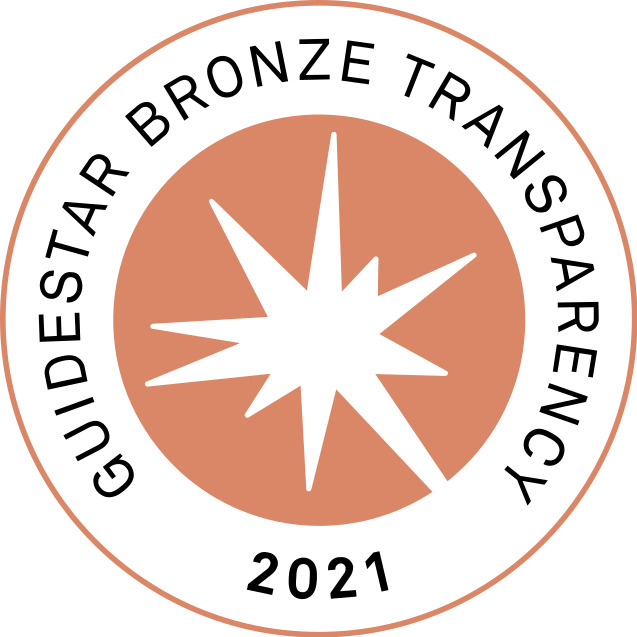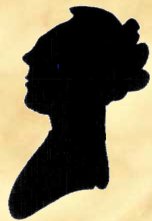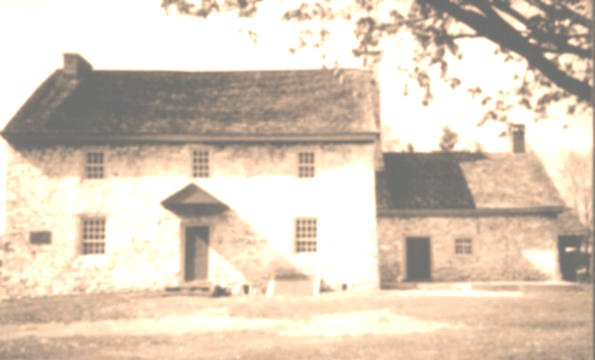Isaac Meier Homestead
DONATE TO THE ISAAC MEIER HOMESTEAD, INC.
The Isaac Meier Homestead, Inc. is nonprofit public charity recognized as tax-exempt by the IRS under Section 501(c)(3); All donations are tax- deductible under the provisions of the Internal Revenue Code.Isaac Meier Homestead on Guidestar

Isaac Meier
Isaac Meier was born on January 4, 1730, near the Conestoga Creek, east of present-day Millersville. In 1754, he married Catherine Herckelrod and later moved into the home which had originally belonged to Catherine's father. Meier's name appears as a charter member of the Juliana Library founded by the Penns in the City of Lancaster. He also gave the land for a German language school which was located on the west end of his property.
Isaac and Catherine had six children: five daughters and one son. They lived the life of elegance as plantation owners. In 1768, Meier laid out lots for a town, called Tulpehockentown on the first land grants he sold. He was also a banker, money lender, and owned at least three other plantations in addition to the one on which he lived.
On the night of July 14, 1770, Meier, the magistrate for his district, was called to a tavern known as the Henry Buch Haus, presumably on business. As he sat by a front window, he was shot in the neck by an unknown person. He died the next day at the age of 40. John Penn, the Governor of Pennsylvania, issued a proclamation offering a reward of 100 pounds for the apprehension of the murderers, but to no avail. The appraisal lists done by William Henry Steigel of Manheim are a revelation into the way of life of this wealthy 18th Century family.
Isaac Meier Homestead

The Isaac Meier Homestead is one of the oldest houses in the area and has been placed on the National Register of Historic Landmarks, as well as the Pennsylvania Historic Register. The walls of the well-dressed limestone are two feet thick, and each window has an arch of eleven stones above it. The main door opens into a nine-foot-wide central hall. The interior details of the house consist of Germanic locks and hinges and five Germanic fireplaces.
The western half of the house is composed of Georgian designed rooms, two on the main floor and two bedrooms above. This part of the house was added by Meier in 1757. It has lathe walls, hardwood frame, and corner fireplaces on both floors.
The wide central hall leads to a similar wide flight of stairs. The stairway has three carved spindles to each tread, supported by a carved rail. There are two landings where the stairs turn as it rises to the five bedrooms on the second floor.
The first floor, which is the only floor open to the public, has four rooms adjoining the central hall. On the left, as you enter, is the lower front parlor. The two windows have paneled casings, and window seats are formed by window sills which are six inches lower than the sashes. A corner cupboard with solid panel doors and butterfly shelves contains artifacts found on the property.
On the right side is a room known as the stube that connects to the large kitchen. A six-inch step above the hall as you enter the room may exist because there is no cellar below the west end of the building. This room has a chair rail and a large central beam across the ceiling.
The eastern half of the house remained Germanic in details and design. These rooms were composed of vertical board partitions with five panel doors, half timbered walls, and a tile stove.
A story and a half kitchen with a bake oven were also added by Meier. It has a brick floor laid in a herringbone pattern between two 16-foot fireplaces. The fireplace in the east has an arched opening and an outside bake oven. The other fireplace has a cooking arrangement in one corner to submerge a cooking pot. This Moravian feature has a hinged iron door.
The entire house, including the kitchen and bake oven, originally had tiled roofs. Many of these handmade beaver-tail tiles were found in an archeological dig conducted at the site.
To maintain the structural and historical integrity of the Isaac Meier Homestead in order to provide a facility for educational, cultural and social activities, as well as an interpretive museum of preservation and restoration.
The Birth of the Isaac Meier Committee
 A handful of Myerstown residents were involved with saving the Lebanon County Courthouse and in planning the Myerstown's Bicentennial in 1968. This helped to spark the idea of saving the Meier Homestead, which was in danger of being torn down. According to Mrs. June Ebling, a charter member of the Isaac Meier Homestead Committee, in 1970 Mayor Rodney Steltz was concerned with saving the endangered Meier Homestead and contacted people in the community who had the same concerns. A committee was formed but little did they know it would prove to be hard work.
A handful of Myerstown residents were involved with saving the Lebanon County Courthouse and in planning the Myerstown's Bicentennial in 1968. This helped to spark the idea of saving the Meier Homestead, which was in danger of being torn down. According to Mrs. June Ebling, a charter member of the Isaac Meier Homestead Committee, in 1970 Mayor Rodney Steltz was concerned with saving the endangered Meier Homestead and contacted people in the community who had the same concerns. A committee was formed but little did they know it would prove to be hard work. One of the obstacles was sparking the community's interest in their "home" and it was felt that if the Meier house would be open for the public's inspection, seeds of interest would be planted. Ms. Tillie Sando was instrumental in getting the ball rolling and one of the first things she did was approach Borough Manager Edward H. Treat to get permission to open the house to the public. Manager Treat was skeptical on the success of the idea but he stated if the Committee could get state approval, they should go for it. In order to get State approval, several things had to be accomplished such as the stairway leading to the upstairs had to be closed to visitors and a sub-floor had to be placed in the hall. This was going to cost $1,500.00. The Committee went to work canvassing the community's businesses for donations; and after the money was raised, the work accomplished, the Meier Homestead was open to the public. Faced with an empty house, the Committee approached several local antique dealers to loan them antiques to place in the house.
Sara Steltz, Chairman; June Ebling - Fund Raising; Viola Mohn and Mary Ann Bugg were members that made up the first Isaac Meier Homestead Committee.
 In 1970 the Committee started archeological digs at the site and one of the items unearthed was a green glass decanter. The recovered items found are on display at the Meier Home.
In 1970 the Committee started archeological digs at the site and one of the items unearthed was a green glass decanter. The recovered items found are on display at the Meier Home.The Committee has been instrumental in raising funds for the structural repairs that had to be made to save the structural integrity and also to inform the public on the various architectural methods used during the structural changes made to the Meier Homestead in its lifetime. Also in coordination with the school district, children are brought to the home for a tour and historic lesson. The lessons are specially geared to the age group and Committee members volunteer to dress in period dress, and work with the children. One of the lessons planned is for the child to write with a quill as Isaac Meier's children did in the past.
The Homestead holds various functions to raise money for their projects and one of these is the Annual Country Fair held in September. You can find volunteers in period dress cooking, knitting, crocheting - depicting some of the things the Meier family might have done during their day. The period food such as stews and baked goods is offered to the curious visitor. During the year the Homestead is open to the public for tours, and in November the annual Kerzenlicht Nacht, (Candlelight Night) is held at the homestead. Candles are lit throughout the house, carols are sung and refreshments are served.
The Committee not only works in the past but is looking to the future. They are working towards the construction of a Heritage Center that will:
- Provide an ancillary building to house records of the Historic Preservation Trust of Lebanon County and artifacts and memorabilia of the Borough of Myerstown and surrounding areas
- Include a meeting room equipped with state-of-the-art audio and visual aids for cultural, educational, and historical lectures and events
- Provide space for craft workshops and hands-on activities for adults and children
- Display architectural and educational exhibits
- House a library and archives with space for research
- Market appropriate historical items such as books, crafts, and mementos from a gift shop
- Facilitate conferences and receptions, area organizational meetings and catered social events
- Provide storage area, kitchen facilities and restrooms
All of these things will be physically impaired accessible.
The Heritage Center is to be built in the style of a bank barn much like the barn that existed in Isaac Meier's day and will be located on the Homestead site as close to the original barn building as possible.
The Meier Homestead does publish a newsletter twice a year and copies can be attained at the Myerstown Community Library. This newsletter is also sent to members and sponsors of the Isaac Meier Committee.
BECOME A MEMBER
You can become a member of the Meier Homestead
Individual Annual - $25.00
Junior Annual - $10.00
Life Endowment - $500.00 (May be paid over 2 years in 2 - $250.00 installments)
Send your check to:
Isaac Meier Homestead, Inc.
P.O. Box 521
Myerstown, PA 17067
The Committee is always looking for volunteers and you could be just the person they are looking for. Please contact the Borough Office (717-866-5038) for contact information.
Check us out on Facebook
